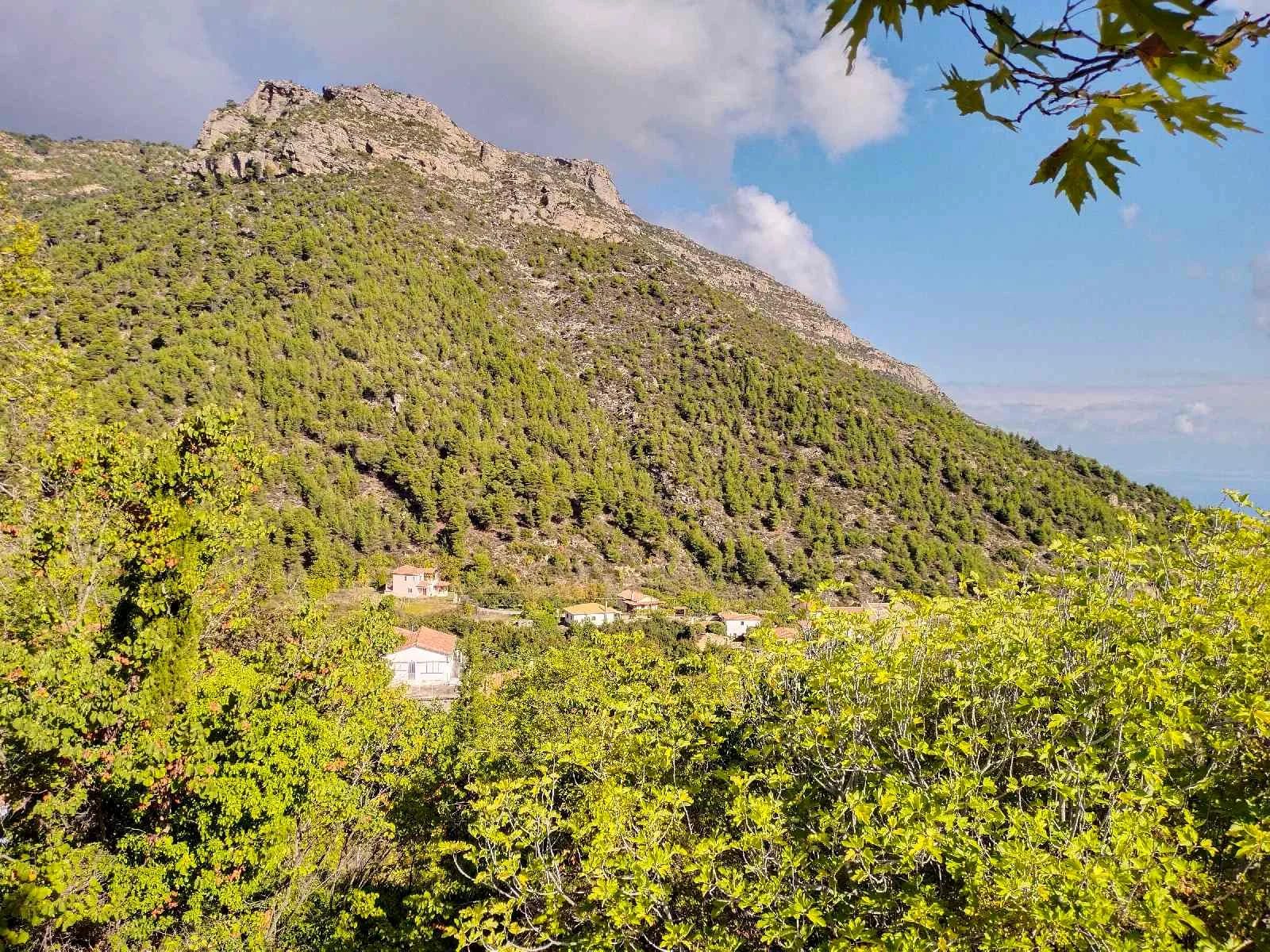
Remote but very accessible, this village has natural springs, noted landmarks and savory local dishes
Mountainous and cold-weather destinations within an easy three-hour drive from the greater Athens-Piraeus area are gaining in popularity. Both local urban dwellers and foreign visitors often find themselves in the east Mediterranean country outside the hugely popular “sea and sun” season looking for a quick weekend or three-day getaway. One such “hidden gem” is a tiny village called Evrostini, in the north-facing highlands of Corinth prefecture.
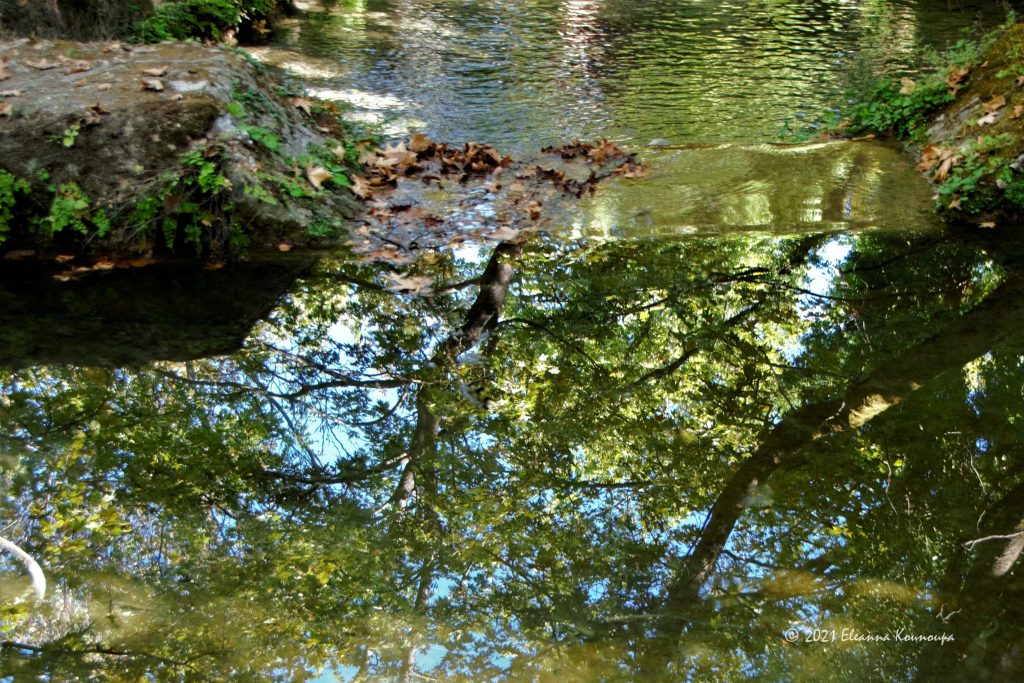
Photo by Eleanna Kounoupa
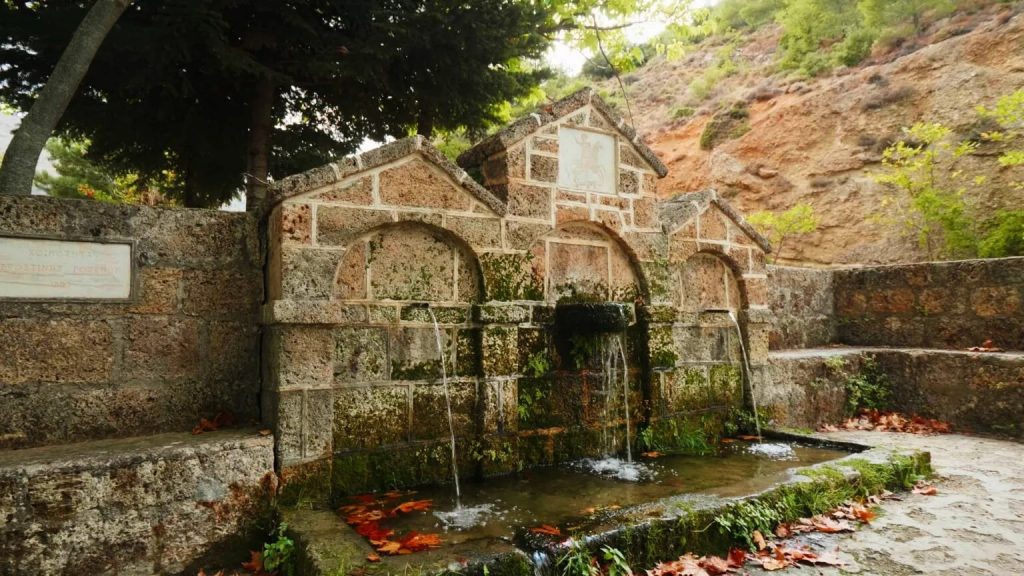
Photo by Kostas Arvanitakis
Also known as Zaholi, this village has 30 permanent residents and is nestled on the side of Mt. Evrostina, facing the azure and usually tranquil Gulf of Corinth in the distance to the north, some two hours by car from Athens — a total of approximately 165 kilometers west of the Greek capital.
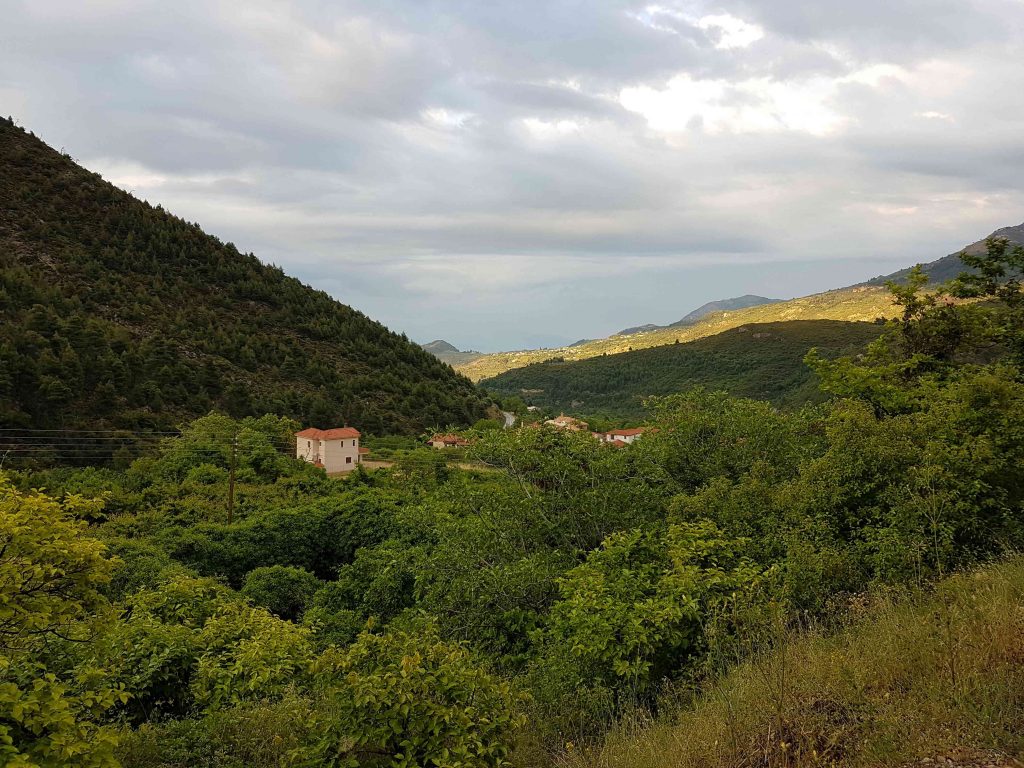
Photo by Fany Haralambidi
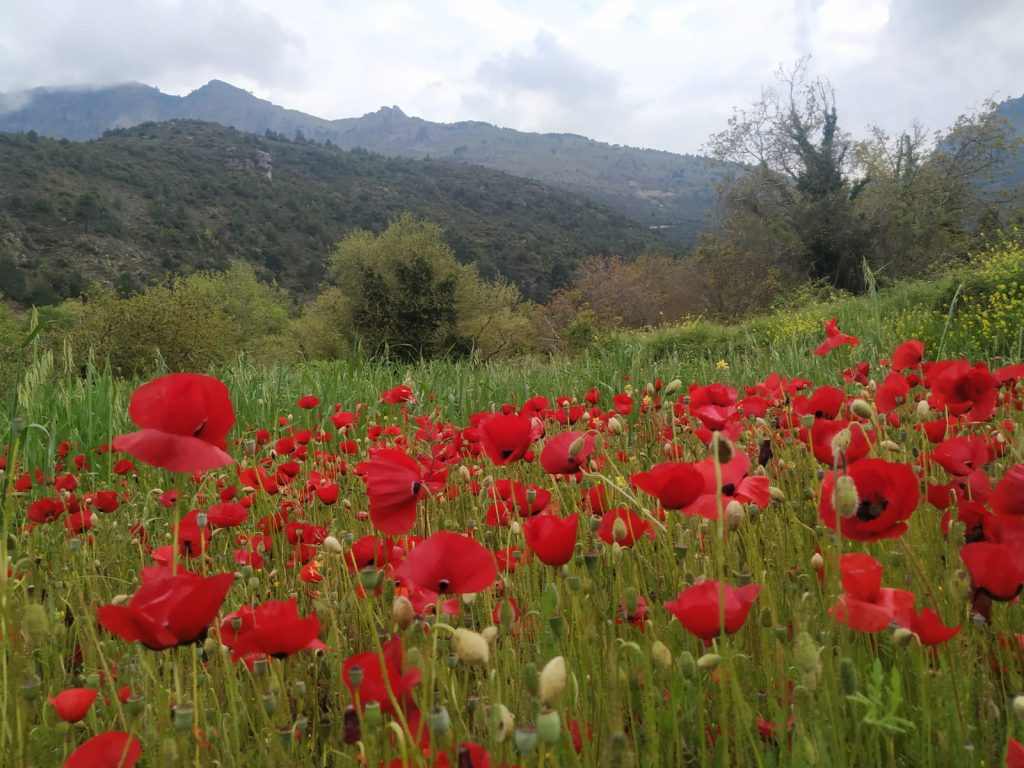
Photo by Jansu Memetoglou
The village has several natural springs, while most of its hiking paths are, for the most part, untrodden, surrounded by abundant vegetation and a plentiful harvest of local crops. Depending on the season, this can vary from apples, cherries, persimmons, pears, plums, tomatoes and a noted local variety of beans.
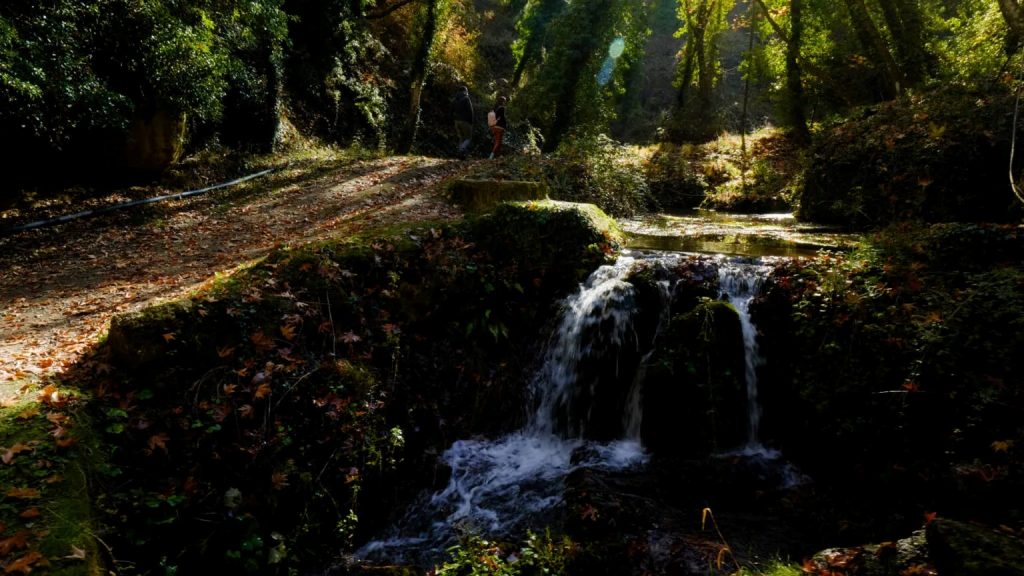
Photo by Kostas Arvanitakis
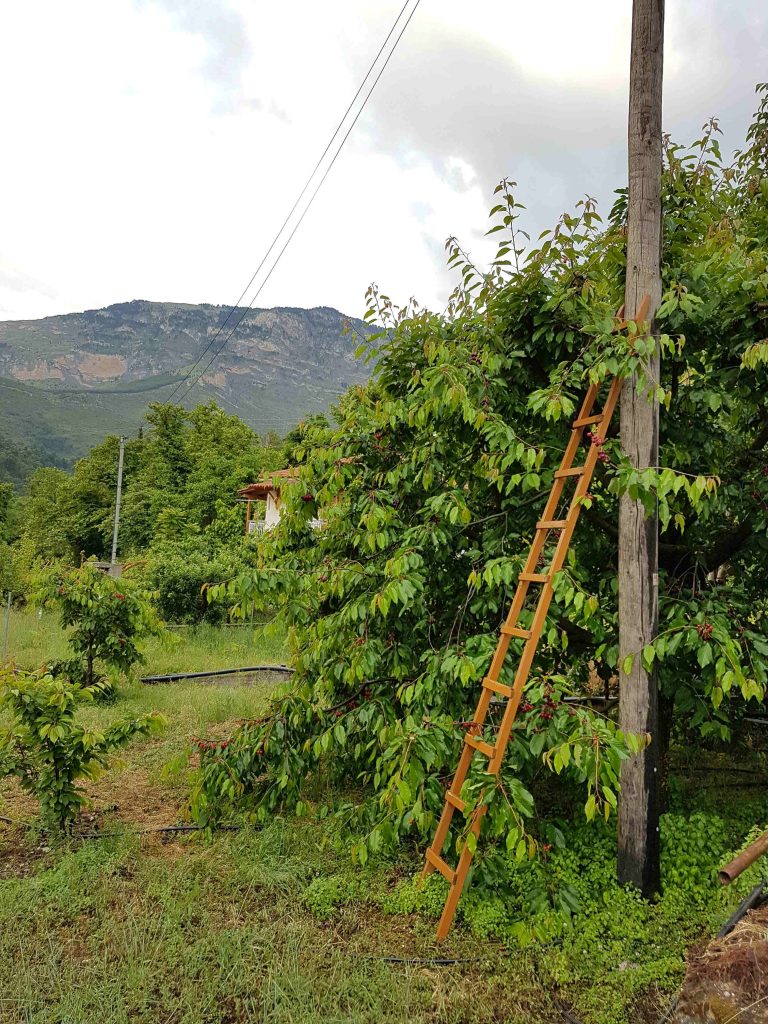
Photo by Fany Haralambidi
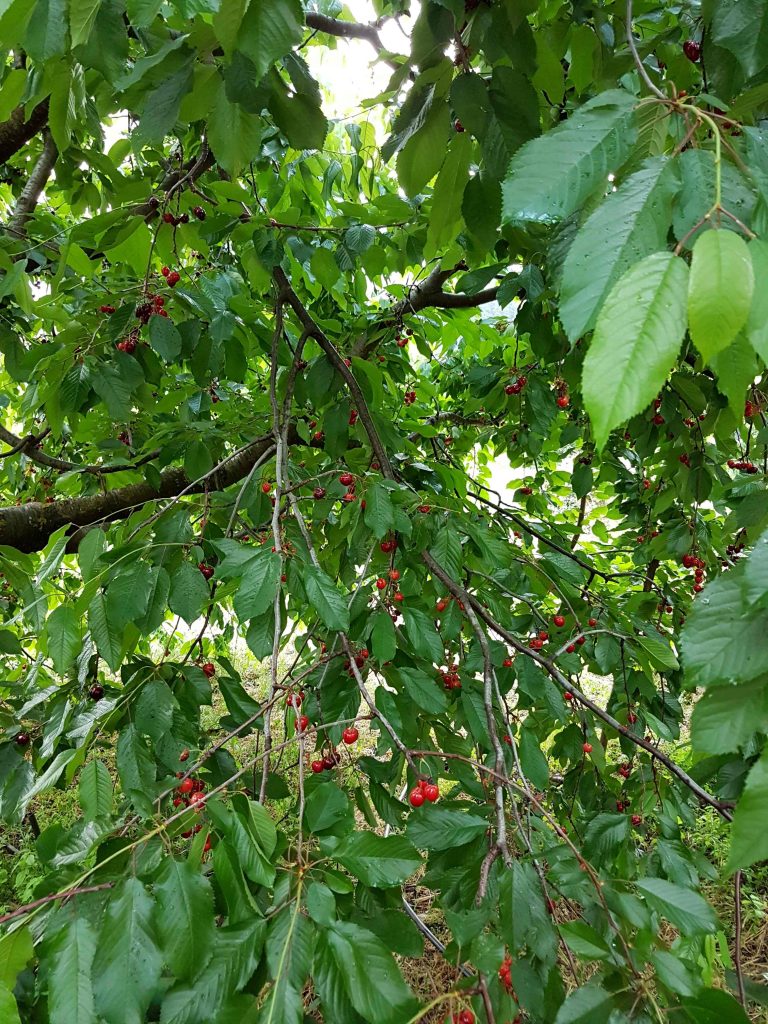
The settlement’s history dates back to antiquity, with historic and religious landmarks harking back to the village’s more prominent status during the Ottoman era.
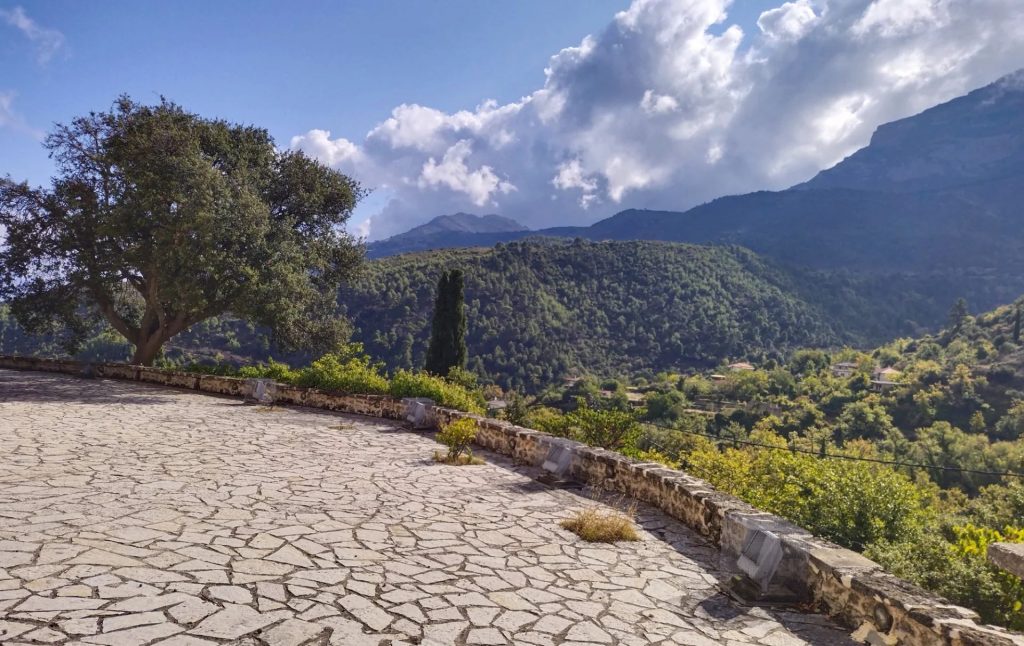
Photo by Kostas Arvanitakis
Byzantine-style church of St. George
The Byzantine-style church of St. George is adorned with no less than 17 domes, something unique for this part of Greece. It was built in 1811 with the permission of the local Ottoman ruler, who imposed only one condition: The church’s construction should be completed within 40 days, otherwise, according to historical reports, it would be converted into a mosque. Showing unity and a collective spirit, the local faithful built the church in 39 days, legend has it, giving it the distinctive exterior architecture with 17 domes and a Byzantine-style interior.
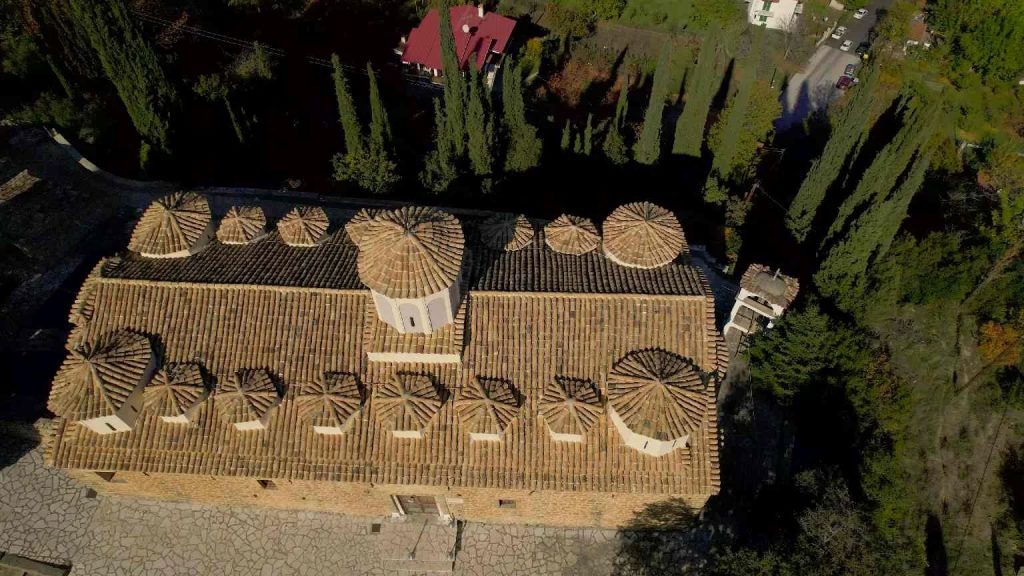
Photo by Kostas Arvanitakis
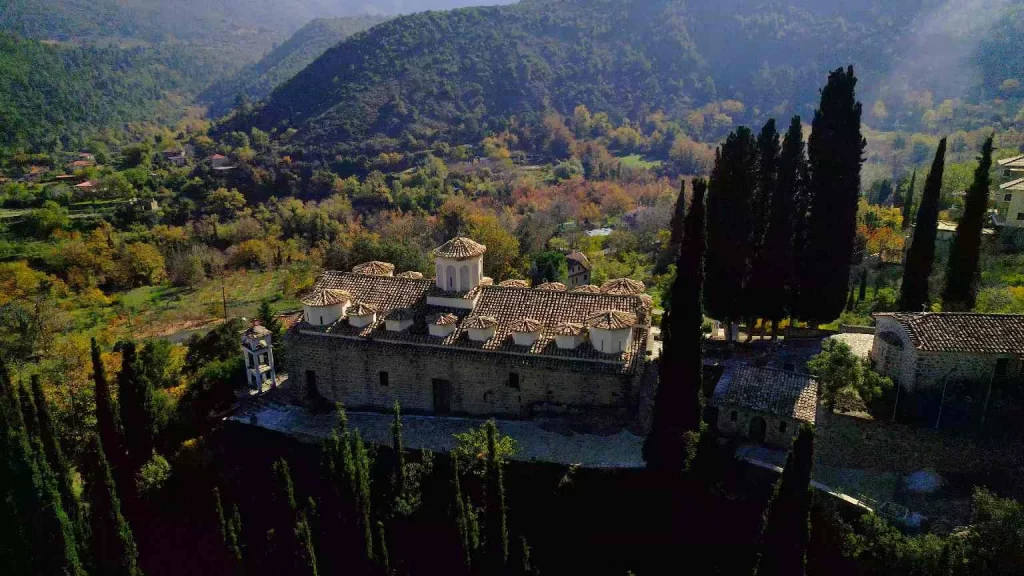
Photo by Kostas Arvanitakis
The Lady of the Shelters Monastery
The Virgin (or Lady) of The Shelters Monastery, or in Greek “Panagia ton Katafygion,” lives up to its name as a monastery-shelter dedicated to the Virgin Mary. This breathtaking landmark, constructed in 1782, is a 40-meter-long monastery carved into the edge of the rock face. It served as a refuge for local revolutionaries in the Greek War of Independence. Currently, due to a rock collapse, access to the cells of the monastery is restricted, however, visitors can still explore the outer section.
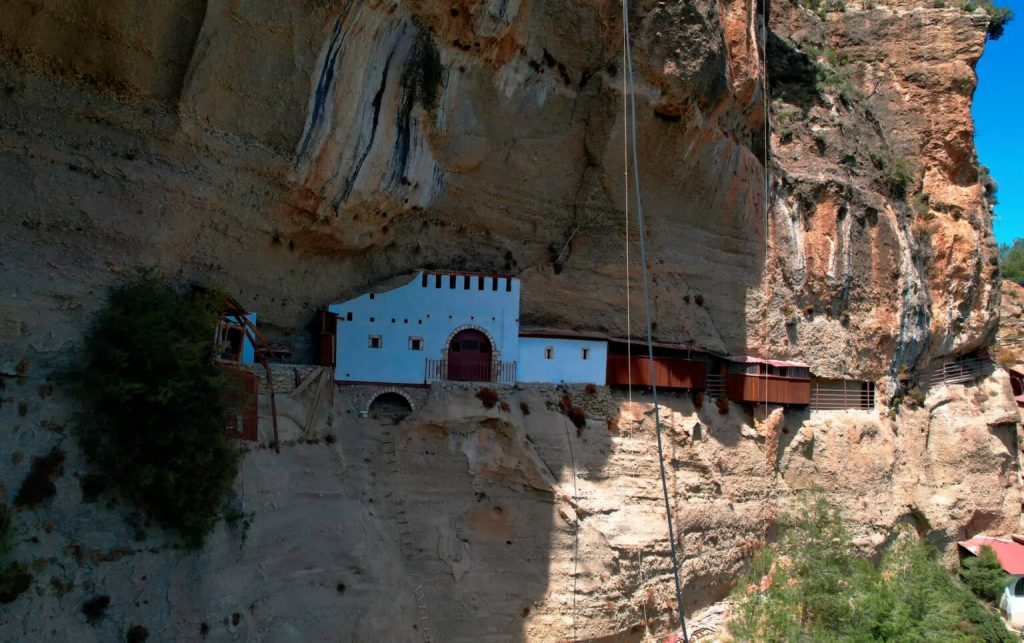
Discover the ‘Mills’ Stream’ path
Visitors seeking a rejuvenating hike through lush greenery can walk along the Mill’s Stream (in Greek, To Rema ton Mylon). This name originates from a time when this area hosted numerous mills, and locals were engaged in various trades, such as craftsmen, millers and merchants. The path is recommended for all ages, while visitors will encounter small ponds and waterfalls as well as geese. In addition to the path, visitors can opt for different and longer routes, with the village as their starting point.

Photo by Kostas Arvanitakis
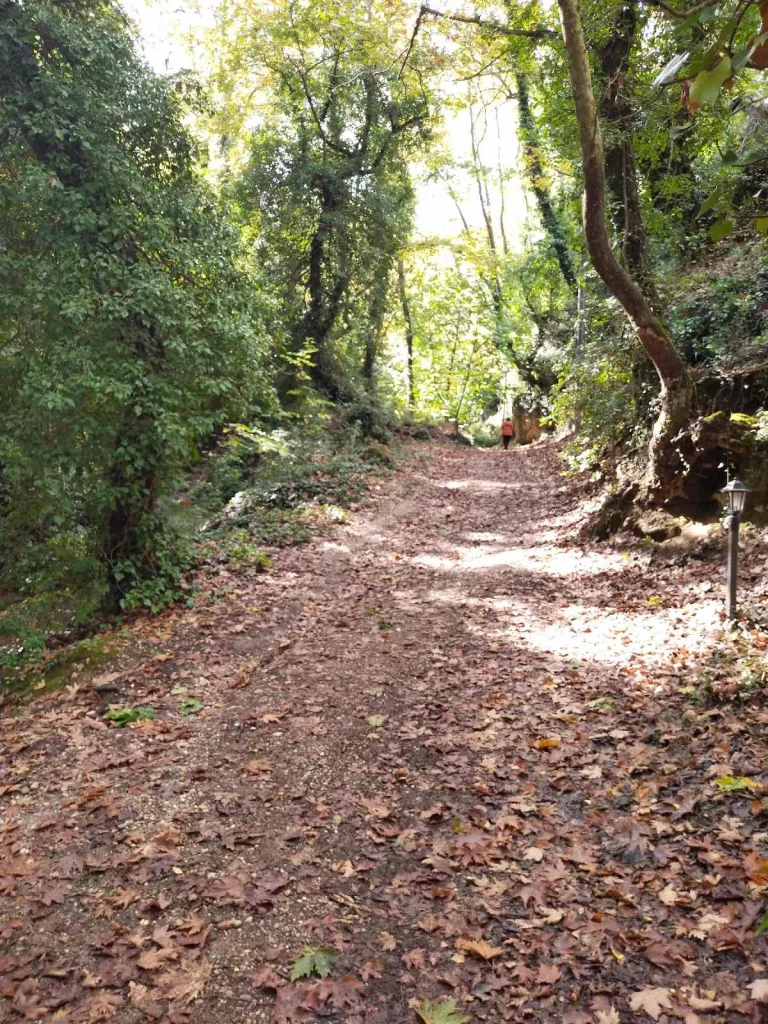
Photo by Kostas Arvanitakis
Where to eat
For strong appetites, the village offers two traditional tavernas with savory dishes ranging from traditional Grecian cuisine to local specialties, mainly crafted with fresh local products. If you are a dessert enthusiast, make sure not to leave without savoring the local orange pie, walnut pie, or “galaktoboureko”, all of which are carefully crafted with fresh, local ingredients.
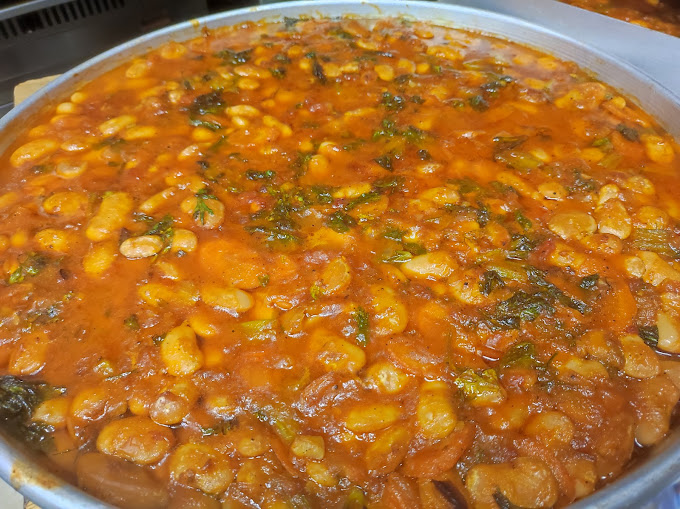
Photo from “To Archontiko tis Zacholis”

Photo from “To Archontiko tis Zacholis”
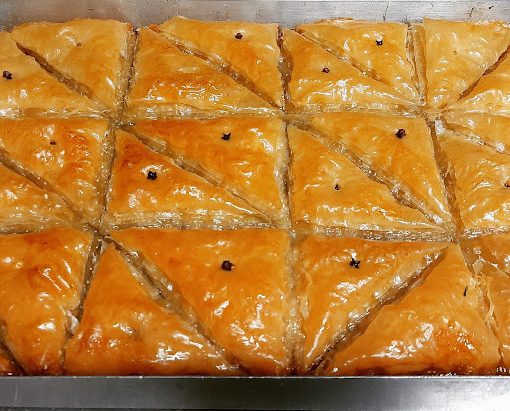
Photo from “To Archontiko tis Zacholis”
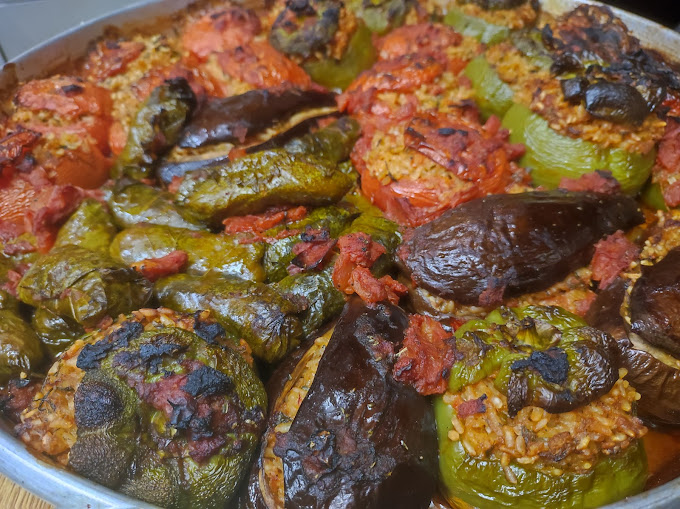
Photo from “To Archontiko tis Zacholis”
As you conclude your visit a local store awaits you with local souvenirs including a variety of products such as pasta, local marmalades, traditional Greek sweets, honey, virgin olive oil, wine, especially the widely renowned local beans and lentils.
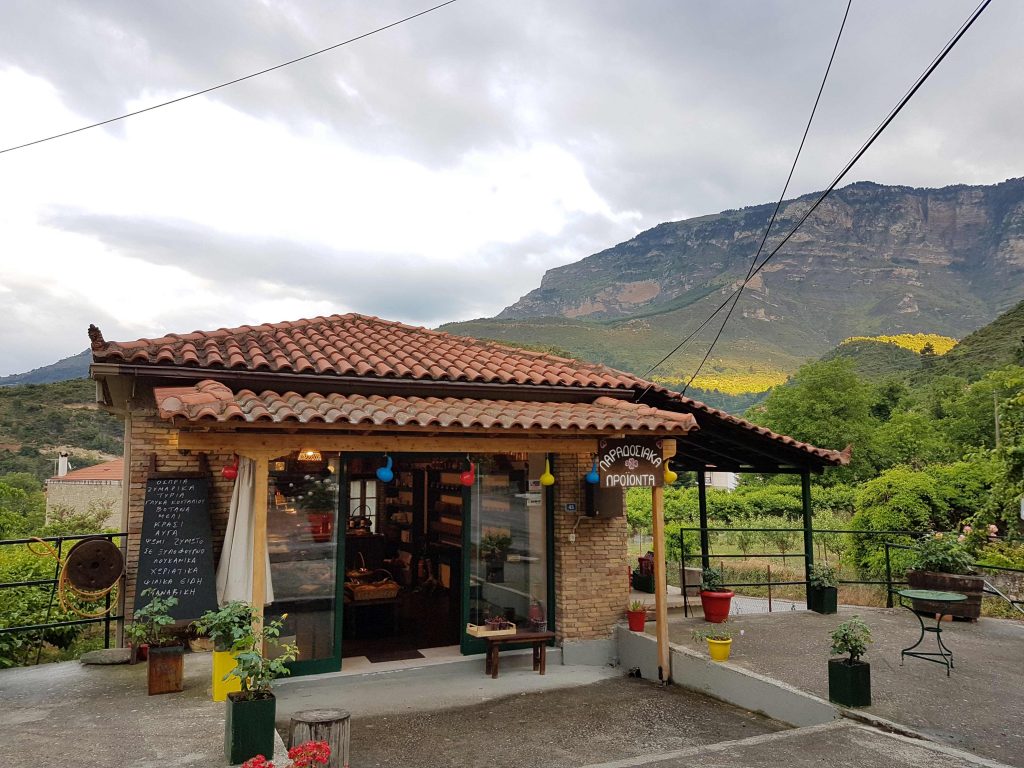
Photo by Fany Haralambidi
For an immersive experience in the tranquility of Evrostini, you can book a room at the local guesthouse situated next to the Mills’ Stream. With luck on your side, you’ll awaken to the soothing sounds of nearby springs and most probably enjoy breakfast or read your book in front of panoramic views embracing both mountains and sea.
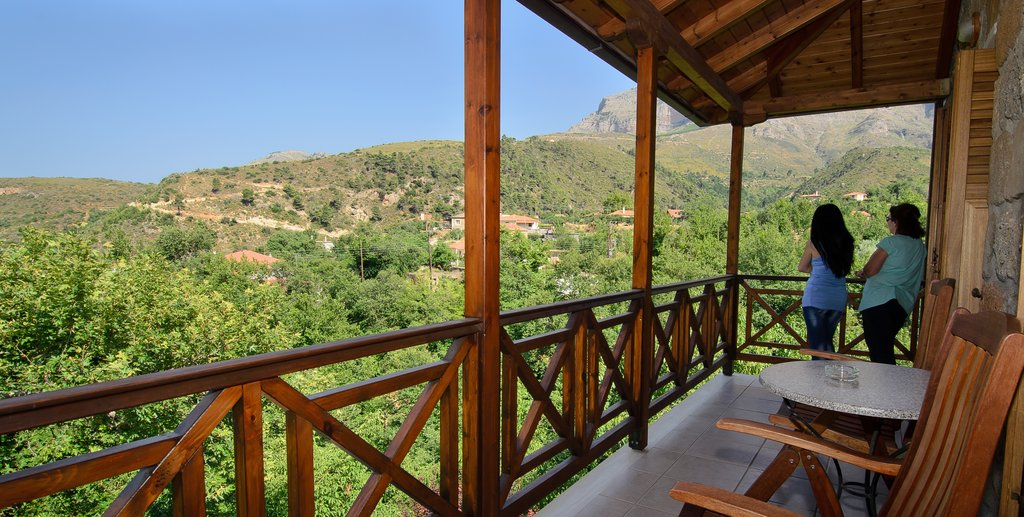
Photo from “Xenonas Evrostini “
tovima.com
